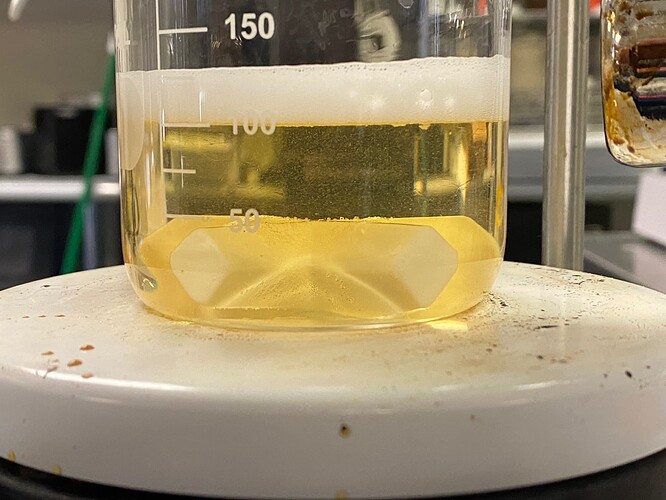Hello,
First off, thank you! The information and help I have received through this community has been inspiring. Thank you to everyone that has provided a wealth of information and passion for knowledge.
Now to the down and dirty://
I have a product I have been working on for some time now and I cannot find a solution.
I am in trials for producing a 2oz, 50mg Nano THC beverage. I know…high dose/low volume can be a challenge, I’m persistent though, very keen on figuring this out!
I have tested and produced numerous working stable nano emulsions ranging from ~25nm to 250nm. The problem for me lies in making a palatable beverage.
Beverages taste excellent at lower doses/higher volumes, 2oz is proving to be tricky though!
The Deets:
I have successfully created NEs with multiple surfactants (65% quillaja extract, Tween 80, liquid lecithin, powdered lecithin, Stuph, cannasol nano optimizer)
The NE concentrate(pre-dilution in final bev) has been taste tested from 20mg/ml up to 50mg/ml
I have tried maybe 7 bitter blockers with zero success including: MagnaBlock, MagnaPharma, ClearIQC100, ClearIQA500, 1,3 propanediol).
I have tried NaCl, glycerine, sucralose, monk fruit, erythritol, plain sugar, stevia all barely suppressing bitterness.
If anyone has any advice on bitterness suppression for 50mg 2oz drink, I would love to talk to you!
Possible Solutions:
-
Cyclo-dextrins: Have read literature describing the mode of encapsulation with certain cyclodextrins can block the bitter notes.
-
More effect combination of sweetener and Bitter Blocker
-
Specific fractions of lecithin that suppress bitterness
-
The cannabis gods come down and bless me with an answer, ending my perpetual torment.
Thanks again everyone!
